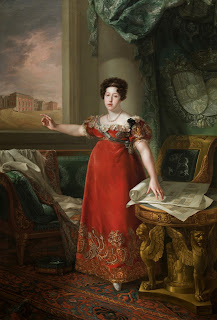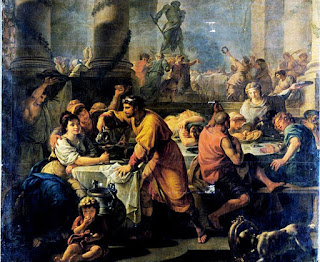Read this information and answer the quiz questions: Knights belonged to the noble class and were part of a military order, but not all soldiers could become knights. Training began at a very young age. At 7, the son of a medieval nobleman or knight would be sent off to serve as a page in a lord's castle. There, he would learn horsemanship, archery and swordsmanship, and perform various other duties around the castle. Squires would begin training at age 14 years old. A squire's training concentrated on strength, fitness and skill with various weapons. Individual training was only part of the regimen, as knights also needed to know how to fight as part of a team of skilled horsemen. The squire would care for the knight's horse, clean the stables, polish the knight's armor and maintain his weapons. They would learn the chivalric codes of conduct and listen to epic tales of Roland, Charlemagne, Arthur, Percival and Lancelot. After years ...






